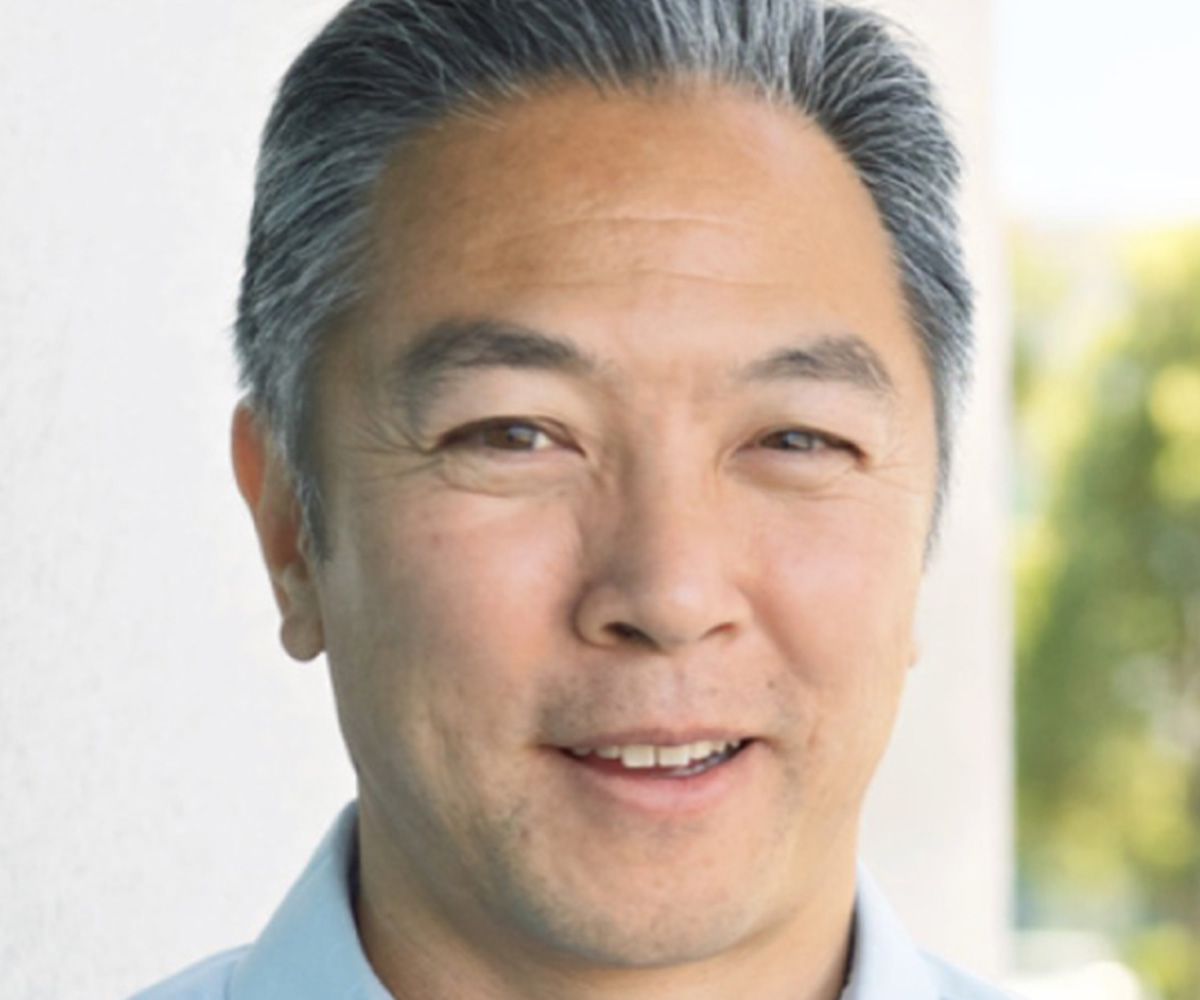
Though copy number gains of chromosomal segments are common in cancer, and known to influence disease progression, discerning the genes within them that drive cancer has proved challenging because these aberrations tend to span large regions of chromosomes. Researchers co-led by Ludwig Stanford’s Calvin Kuo analyzed data from The Cancer Genome Atlas and conducted experiments using organoid models to address this challenge. To identify potential oncogenes, the researchers applied computational analysis to detect extreme somatic copy number amplifications that appeared to be coincident with abnormally heightened gene expression, which would suggest the regions contribute to tumor growth and survival. They then validated the “outlier” oncogenes proposed by their analysis by screening them using tissue-specific lentiviral libraries in corresponding organoid tissues modeling esophageal, oral cavity, colon, stomach, pancreatic and lung cancers. The approach allowed Calvin and his colleagues to genetically and pharmacologically evaluate potential targets for therapy once they had zeroed in on oncogenic drivers within the genomic regions encoding extreme copy number amplification. They reported in Cell Reports in November their identification of DYRK2 and FGF3 as outlier oncogene candidates in organoids modeling oral and esophageal squamous cancers, respectively, that lacked expression of the p53 tumor suppressor. Calvin and his colleagues also showed that FGF inhibitors dampen the growth of esophageal tumors characterized by FGF3 copy gain.
Functional screening of amplification outlier oncogenes in organoid models of early tumorigenesis
Cell Reports, 2023 November 1